Does Anise Repel Bugs: Information On Natural Anise Pest Control
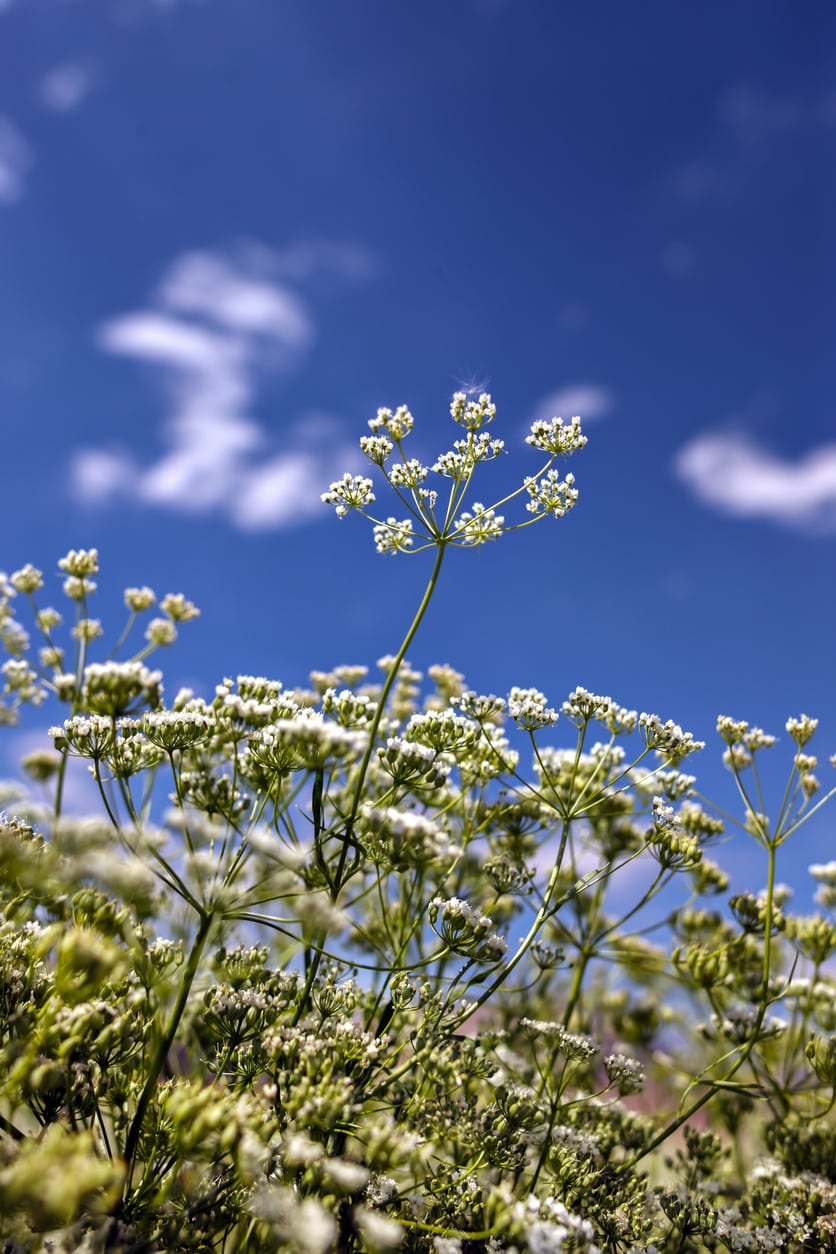

Companion planting with anise attracts certain beneficial insects, and the pest-repellant properties may even protect veggies growing nearby. Read on to learn more about anise pest control and how you can easily grow this beautiful, useful plant.
Anise Insect Repellent
Anise is a stunning, low-maintenance, drought-tolerant plant with feathery upper leaves and umbrella-shaped clusters of dainty yellowish-white flowers. But, does anise repel bugs in the garden? Commercial pest control products are loaded with chemicals that are harmful to pets, human beings and the environment. Seasoned gardeners say anise pest control is an easy, nontoxic way to discourage aphids and other harmful pests. Aphids may be tiny, but the voracious little sapsuckers can decimate a healthy plant in nothing flat. It appears that the destructive little pests don’t appreciate the slightly minty, licorice-like aroma of anise, however. Slugs and snails can strip mature plants or destroy a bed of succulent seedlings in a matter of hours. Apparently, the slimy pests, like aphids, are repelled by the smell. Anise, along with cultural controls and hand-picking, can go a long way towards keeping your beds free of slugs and snails.
Growing Anise as a Pest Deterrent
Discouraging pests with anise is as easy as planting it in your garden. Plant anise in rich, well-drained soil. Dig in a generous amount of compost or manure to improve growing conditions. Anise is easy to grow by seed. Just sprinkle the seeds over the soil and cover them very thinly. When the seedlings are about six weeks old, thin them to a spacing of at least 12 inches (30 cm.). Water anise regularly throughout the growing season, especially just before the plants are ready to harvest. Anise requires no fertilizer. Keep weeds in check; otherwise, they’ll draw nutrients and moisture from the anise plants. You may need to stake tall anise plants to keep them upright in windy weather.
Gardening tips, videos, info and more delivered right to your inbox!
Sign up for the Gardening Know How newsletter today and receive a free copy of our e-book "How to Grow Delicious Tomatoes".

A Credentialed Garden Writer, Mary H. Dyer was with Gardening Know How in the very beginning, publishing articles as early as 2007.
-
 12 Lush Alternatives To A Lawn For Sustainable Spaces
12 Lush Alternatives To A Lawn For Sustainable SpacesAlternatives to a lawn are beautiful and also beneficial to your local ecosystem and its pollinators. Explore our top picks for plants to replace grass.
By Tonya Barnett
-
 Types Of Tomatoes Explained: Explore The Many Wonderful Shapes, Colors, Flavors, & Best Uses
Types Of Tomatoes Explained: Explore The Many Wonderful Shapes, Colors, Flavors, & Best UsesThe world of tomato varieties is vast and fascinating. Learn about the key types to grow in your garden, tailored to your preferences and space.
By Amy Grant
-
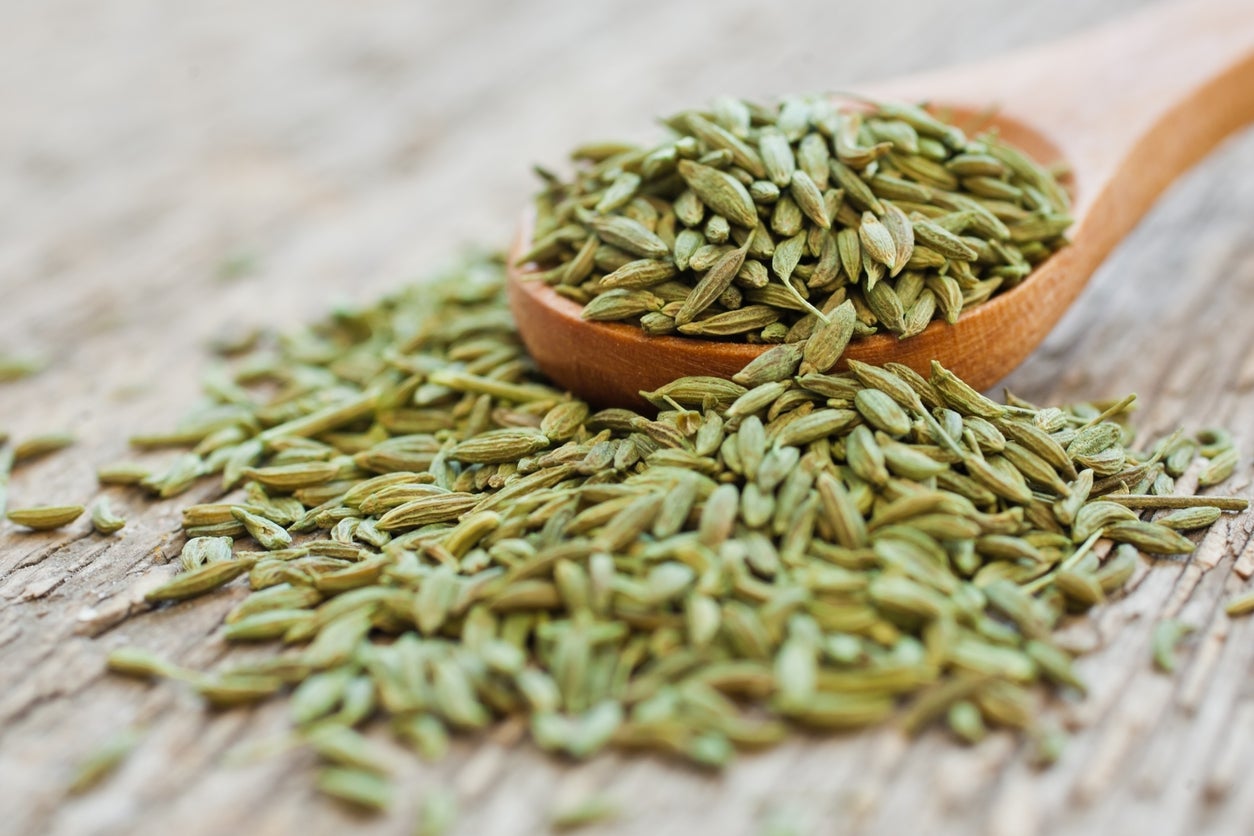 Harvesting Anise Seed – When And How To Pick Anise Seeds
Harvesting Anise Seed – When And How To Pick Anise SeedsIf you’re someone who loves anise, there’s nothing easier or more rewarding than growing and saving your own anise seeds to use year round. Click this article to learn more about how to pick anise seeds and preserve them so you can use and enjoy the spice year after year.
By Liz Baessler
-
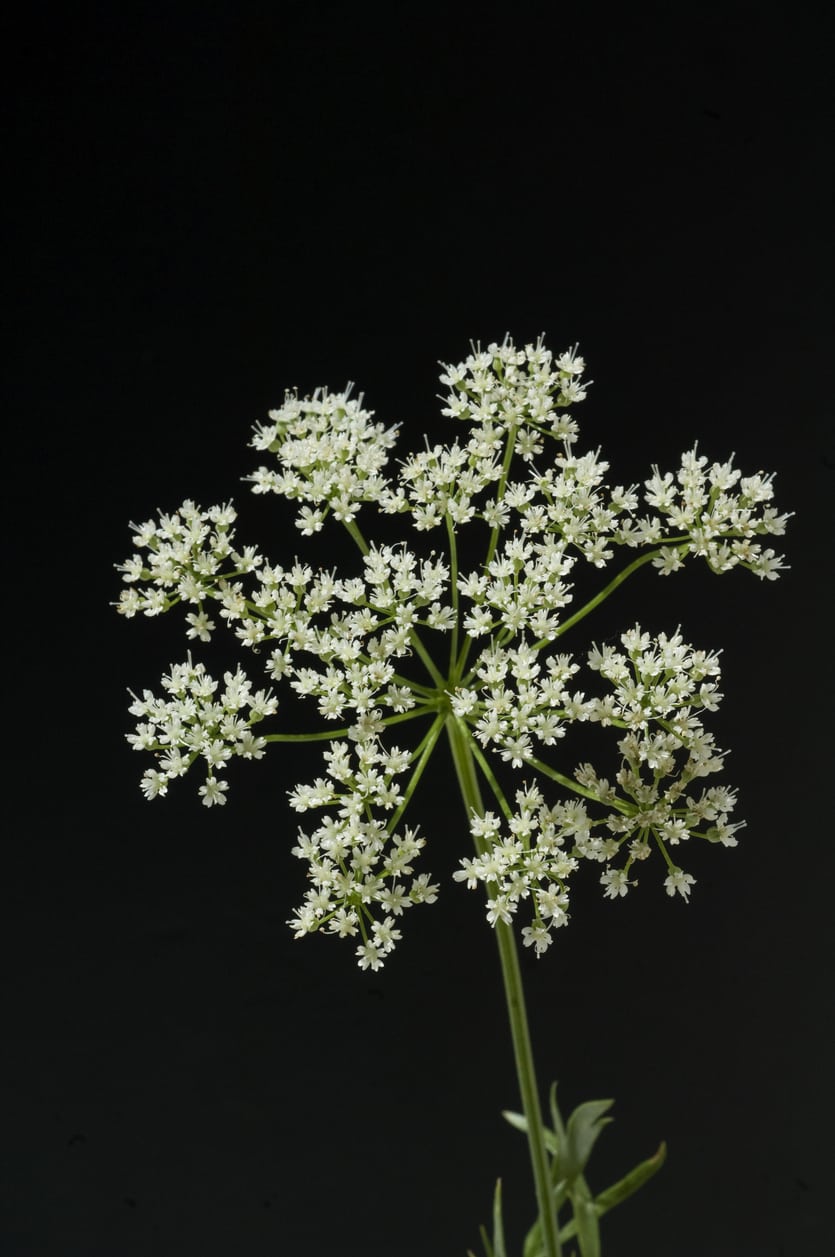 Common Anise Diseases: How To Treat A Sick Anise Plant
Common Anise Diseases: How To Treat A Sick Anise PlantWhile it is fairly easy to grow, the anise plant is not without its problems, specifically diseases. It’s important to recognize the symptoms in order to learn how to treat a sick anise plant before a disease progresses to the point of no return. This article will help.
By Amy Grant
-
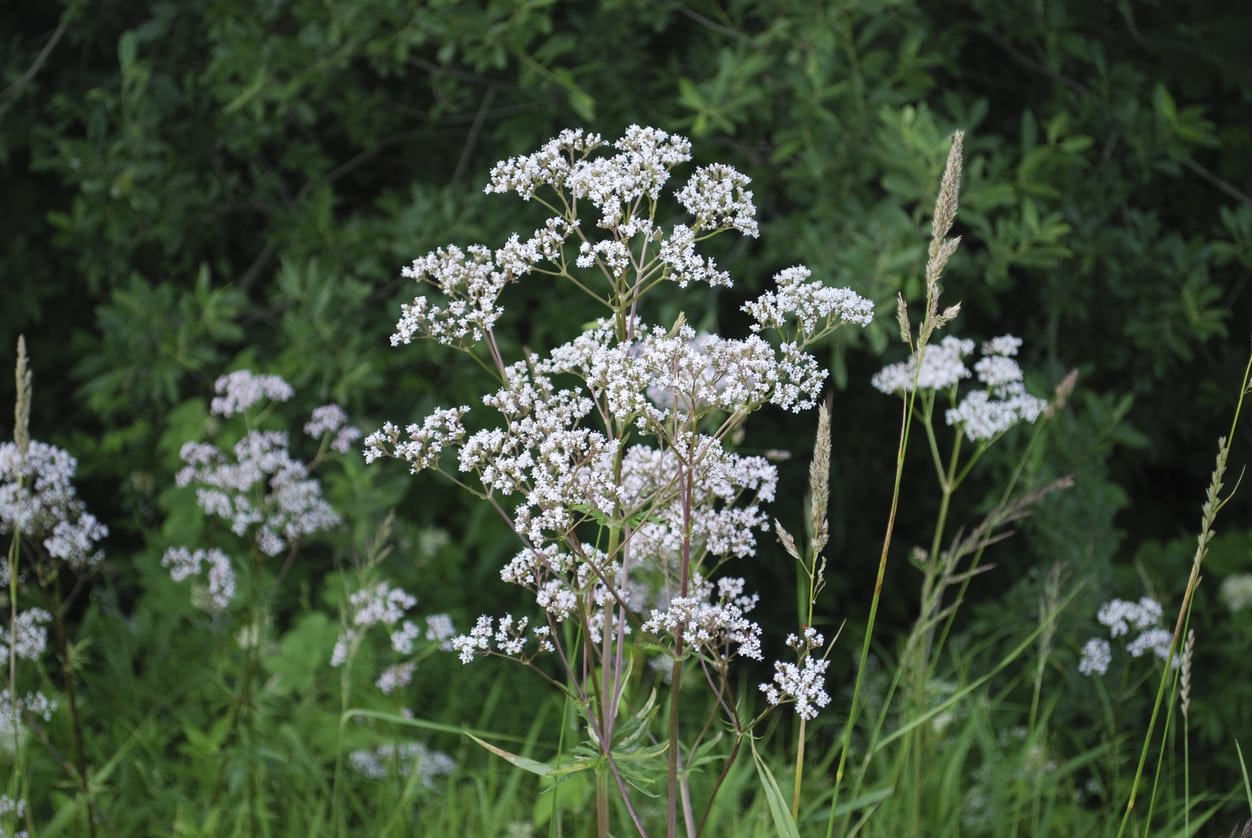 Container Grown Anise Seed: How To Care For Anise In A Pot
Container Grown Anise Seed: How To Care For Anise In A PotAnise, sometimes called aniseed, is a powerfully flavored and scented herb that is most popular for its culinary properties. Like all culinary herbs, anise is very useful to have on hand near the kitchen, especially in a container. But can you grow anise in a pot? Find out here.
By Liz Baessler
-
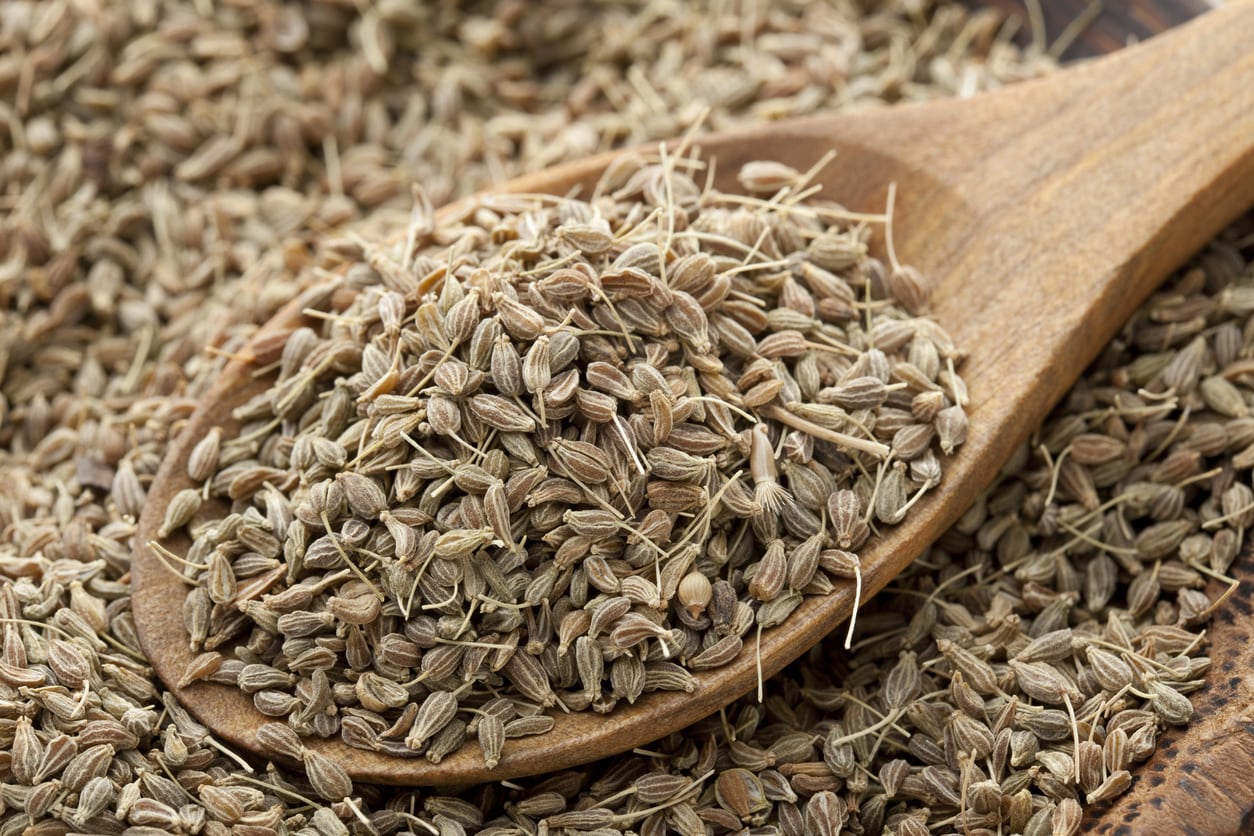 Anise Vs. Star Anise – Are Star Anise And Anise Plants The Same
Anise Vs. Star Anise – Are Star Anise And Anise Plants The SameLooking for a slightly licorice-like flavor? Star anise or anise seed provide a similar flavor in recipes but are actually two very different plants. A description of their differences will reveal unique origins and how to use these interesting spices. Click here for more info.
By Bonnie L. Grant
-
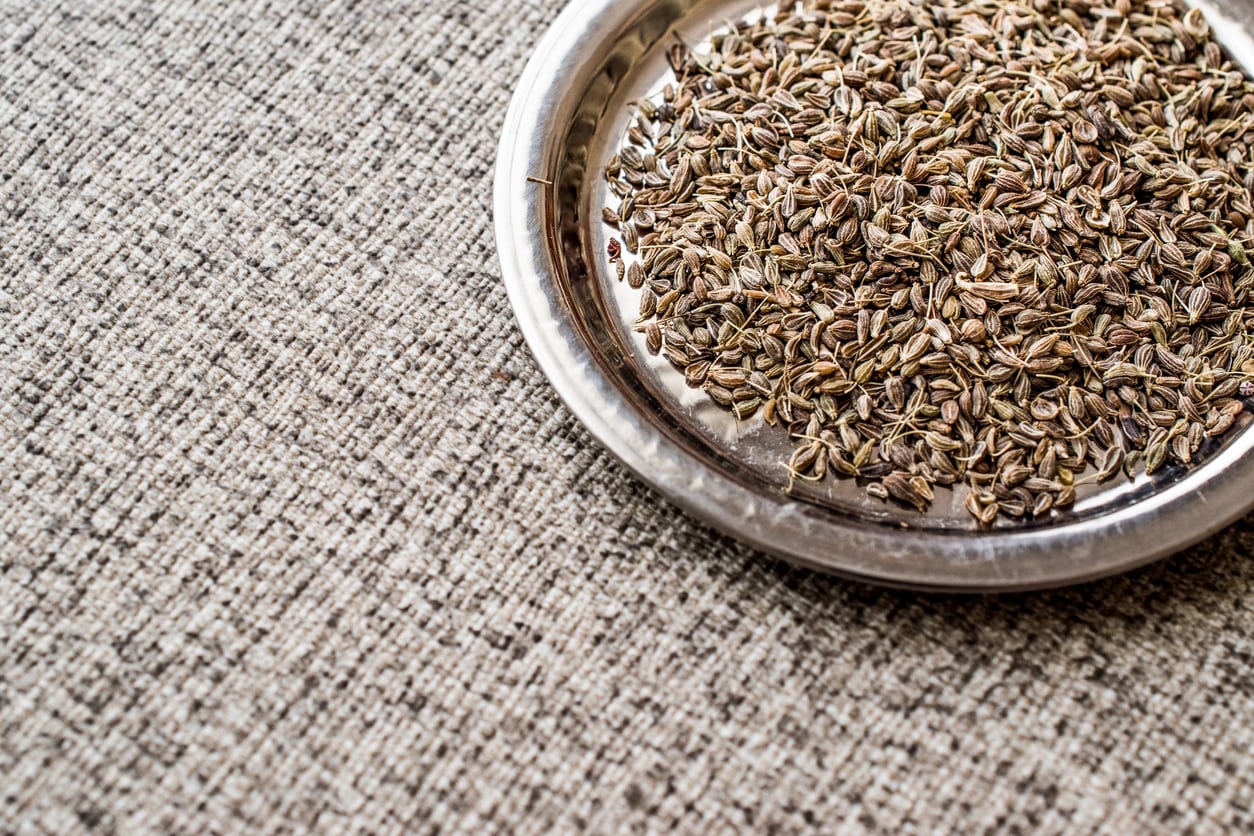 Aniseed As A Spice – Learn How To Use Anise Plants
Aniseed As A Spice – Learn How To Use Anise PlantsAnise is a popular culinary herb easy to grow by seed, but the question is, what to do with aniseed once it’s harvested? How do you use aniseed as a spice, and how about cooking with anise? Click here to learn a few of the many ways of using anise plants.
By Mary H. Dyer
-
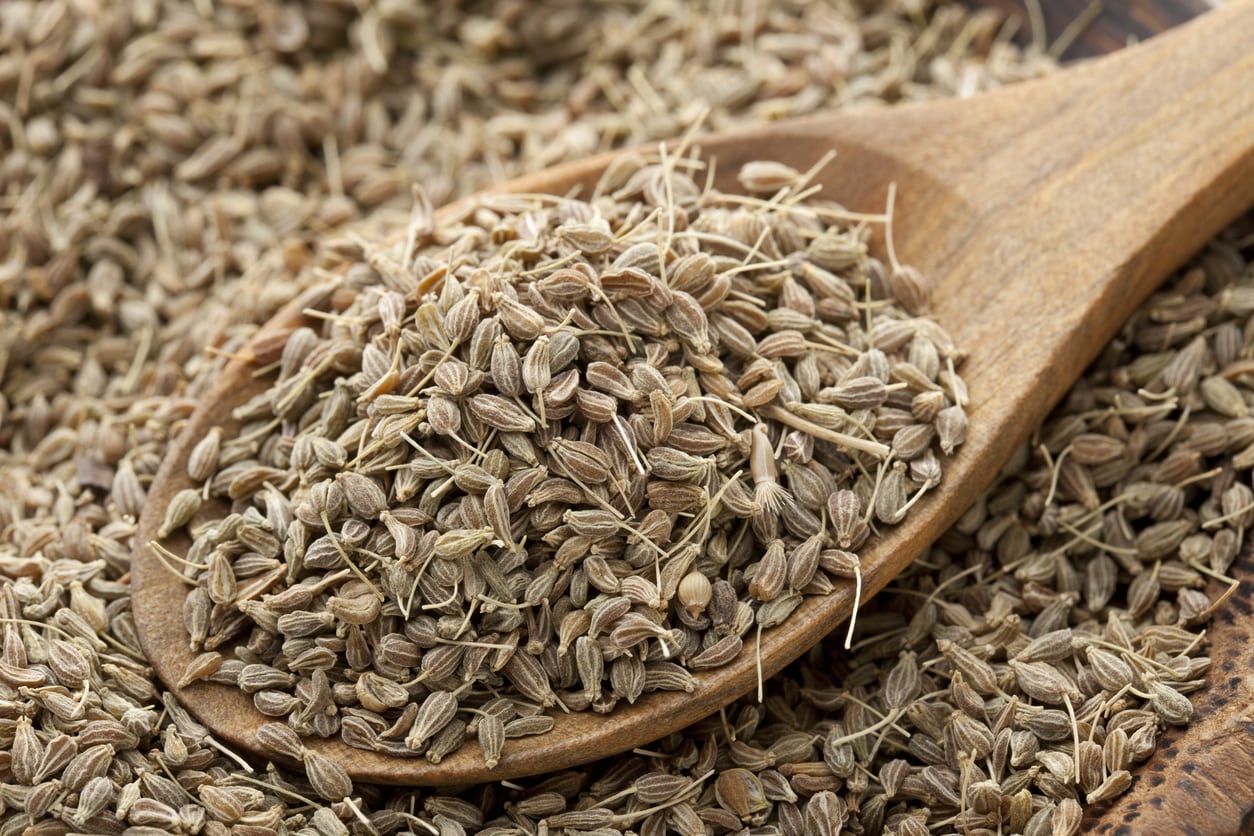 Medicinal Anise Plants – How Is Anise Good For You
Medicinal Anise Plants – How Is Anise Good For YouAnise is a pretty perennial herb, but it can do more for you than add visual interest to your garden. Growing medicinal anise plants and harvesting the seeds means you can add this natural, herbal remedy to both your kitchen and your medicine cabinet. Learn more in this article.
By Mary Ellen Ellis
-
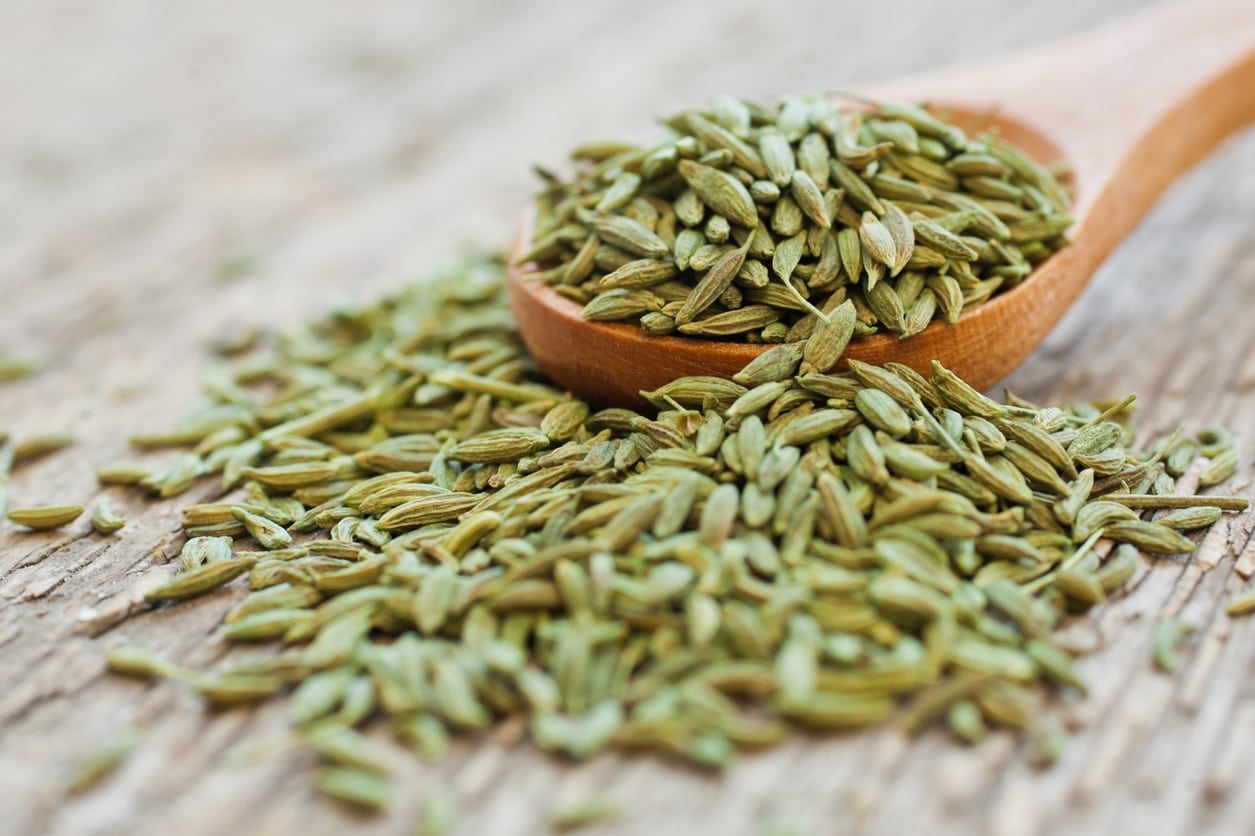 Fennel Vs Anise: What’s The Difference Between Anise And Fennel
Fennel Vs Anise: What’s The Difference Between Anise And FennelIf you’re a cook who loves the flavor of black licorice, you no doubt commonly use fennel and/or anise seed in your culinary masterpieces. Many cooks use them interchangeably. But are anise and fennel the same? Find out more in this article.
By Amy Grant
-
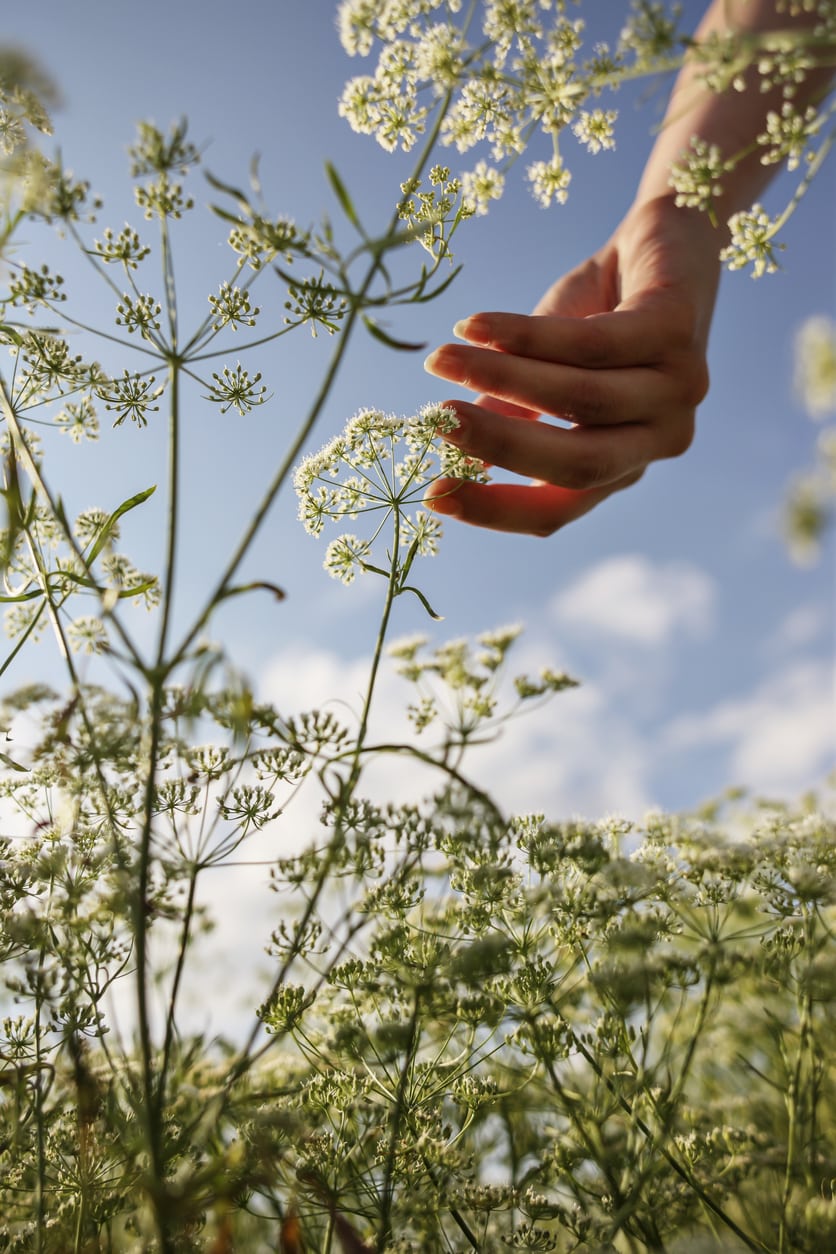 Propagating Anise Herbs: How to Propagate Anise Plants
Propagating Anise Herbs: How to Propagate Anise PlantsVariety is the spice of life, so it is said. Growing new anise plants will help spice up the ho-hum herb garden while giving dinner a surprising new zip. The question is, how is anise propagated? Click here for information on propagating anise herbs.
By Amy Grant